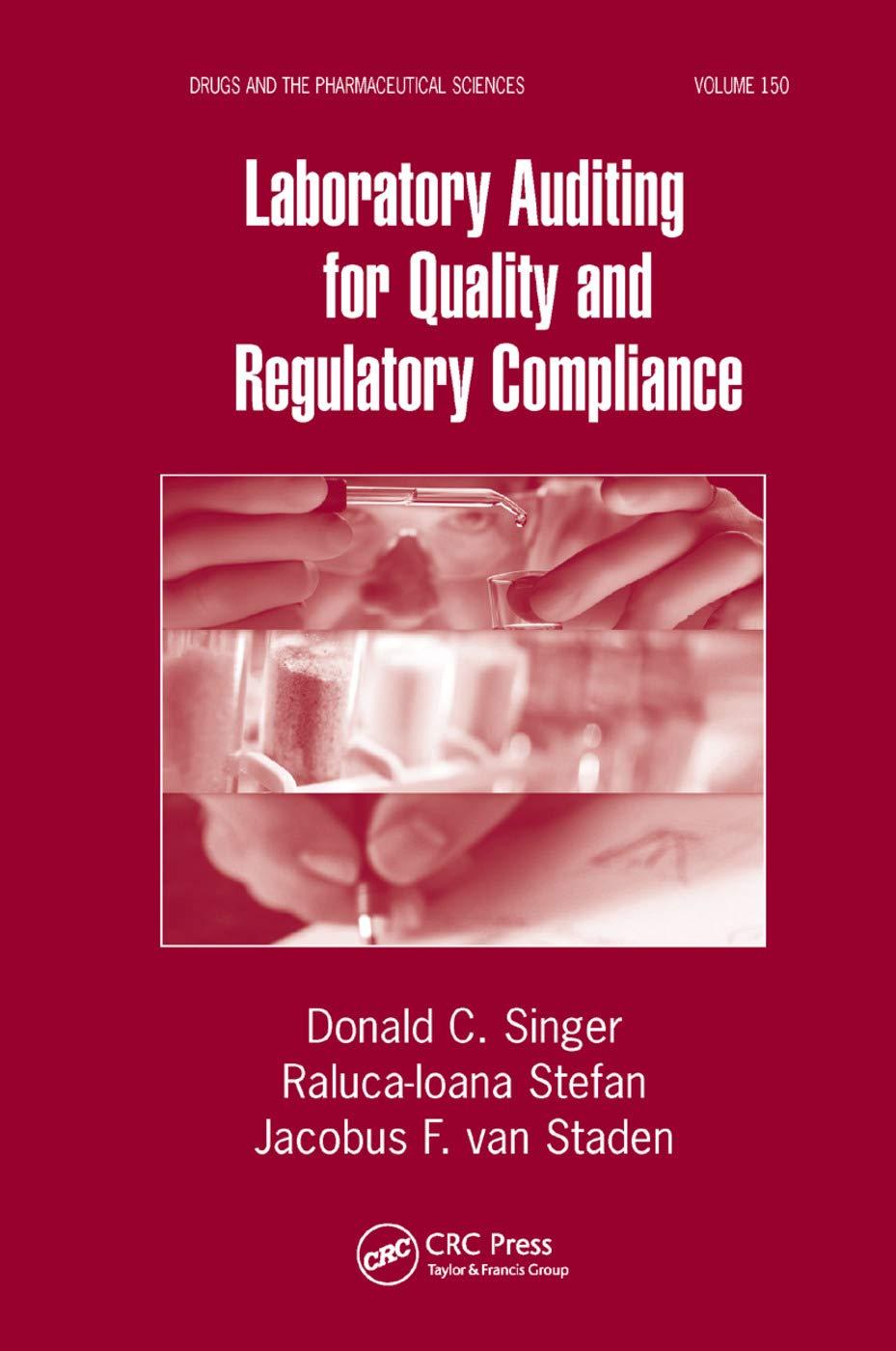Question
2-Oct Sold musical instruments to a school for $28,530 cash. The instruments had been included in inventory at a cost of $18,966. 5-Oct Received payment
| 2-Oct | Sold musical instruments to a school for $28,530 cash. The instruments had been included in inventory at a cost of $18,966. |
| 5-Oct | Received payment of $24,000 on account. |
| 5-Oct | Purchased instruments on credit for $94,200. |
| 9-Oct | Paid employees. |
| 15-Oct | Paid $19,000 of the balance in accounts payable. |
| 15-Oct | Paid quarterly dividends of $2,240. |
| 19-Oct | Provided repair services for a total of $13,500. The customer paid cash. Parts that were used came out of inventory at a cost of $9,852. When TT uses parts to repair instruments, it debits Cost of Goods Sold for the cost of the parts. |
| 23-Oct | Paid employees. |
| 26-Oct | Purchased a new computer for $2,700 for cash. |
| 26-Oct | Paid for advertising that will run for the next 2 months. The cost was $1,400 and TT paid in cash. Because the advertising will be used before the end of the quarter, you can just debit Advertising Expense (as opposed to a prepaid account). |
| 27-Oct | Received a bill for heating/cooling for $1,150 and paid it on the same day. |
| 29-Oct | Sold musical instruments to a school for $128,200 cash. The instruments had been included in inventory at a cost of $85,200. |
| 30-Oct | Paid sales commissions. |
| 2-Nov | Received payment of $21,900 on account. |
| 2-Nov | Issued a note receivable to a customer. The customer could not pay its account receivable on time, so TT traded the account receivable for a note receivable. The amount was $17,500. The note will bear 4% interest rate. The entire balance, both principal and interest, will be due on August 1 of the following year. |
| 2-Nov | Sold musical instruments for $81,400 on credit. The instruments had been included in inventory at a cost of $54,239. |
| 6-Nov | Paid employees. |
| 9-Nov | Paid $34,000 on account. |
| 10-Nov | Purchased office supplies for $1,700 cash. |
| 12-Nov | Issued stock for $18,325 cash. |
| 13-Nov | Sold musical instruments for $42,175 cash. The instruments had been included in inventory at a cost of $28,633. |
| 16-Nov | Received payment on account of $47,125. |
| 20-Nov | Paid employees. |
| 23-Nov | Purchased instruments on credit for $78,500. |
| 24-Nov | Purchased parts on credit for $2,500. |
| 27-Nov | Paid $14,298 of the balance in accounts payable. |
| 27-Nov | Received payment on account of $52,000. |
| 30-Nov | Received $24,865 from a customer to repair instruments. The repairs will not require any parts. TT will not be able to start the repairs for a few weeks. |
| 30-Nov | Paid sales commissions. |
| 1-Dec | Purchased a new piece of equipment, costing $31,400. TT purchased the equipment with the proceeds from a loan from the bank. The note bears an annual interest rate of 3%. Interest is payable every year. The first interest payment is due on November 28 of the following year. The balance of the note will be due in 5 years. |
| 1-Dec | Paid $1,400 for a magazine add that will run in the current month. |
| 1-Dec | Purchased instruments on credit for $125,695. |
| 4-Dec | Paid employees. |
| 8-Dec | Paid $29,250 on account. |
| 11-Dec | Paid $6,200 insurance for coverage in the 1st quarter of the following year. |
| 15-Dec | Sold musical instruments for $195,040 on credit. The instruments had been included in inventory at a cost of $132,522. |
| 18-Dec | Paid employees. |
| 21-Dec | Sold musical instruments for $352,000 on credit. The instruments had been included in inventory at a cost of $241,250. |
| 22-Dec | Paid rent of $46,500 for the following year. |
| 28-Dec | Received and paid the phone bill of $1,400. |
| 28-Dec | Received payment on account of $72,360. |
| 29-Dec | Paid $71,327 of the balance in accounts payable. |
| 29-Dec | Provided repair services for a total of $34,763 on credit. Parts that were used came out of inventory at a cost of $19,500. |
| 29-Dec | Declared quarterly dividends of $2,515. |
| 29-Dec | Made a payment on the note that existed at the beginning of the year. The total payment was $28,000. $26,900 of this was to reduce the note balance. The remainder was a payment of interest. |
| 29-Dec | Paid sales commissions. |
Prepare the adjusting journal entries for the quarter. Do not create any new accounts. Be sure to read through the transactions again to see if any of them might require an adjusting journal entry.
At the end of the quarter, TT counted office supplies. It had $1492 remaining of supplies. Depreciation for the current quarter was $9200. At the end of the year TT had completed all of the repairs that they had received cash for prior to October 1. These repairs did not require any parts. They had also completed 62% of the work for the transaction on November 30.
Step by Step Solution
There are 3 Steps involved in it
Step: 1

Get Instant Access to Expert-Tailored Solutions
See step-by-step solutions with expert insights and AI powered tools for academic success
Step: 2

Step: 3

Ace Your Homework with AI
Get the answers you need in no time with our AI-driven, step-by-step assistance
Get Started


